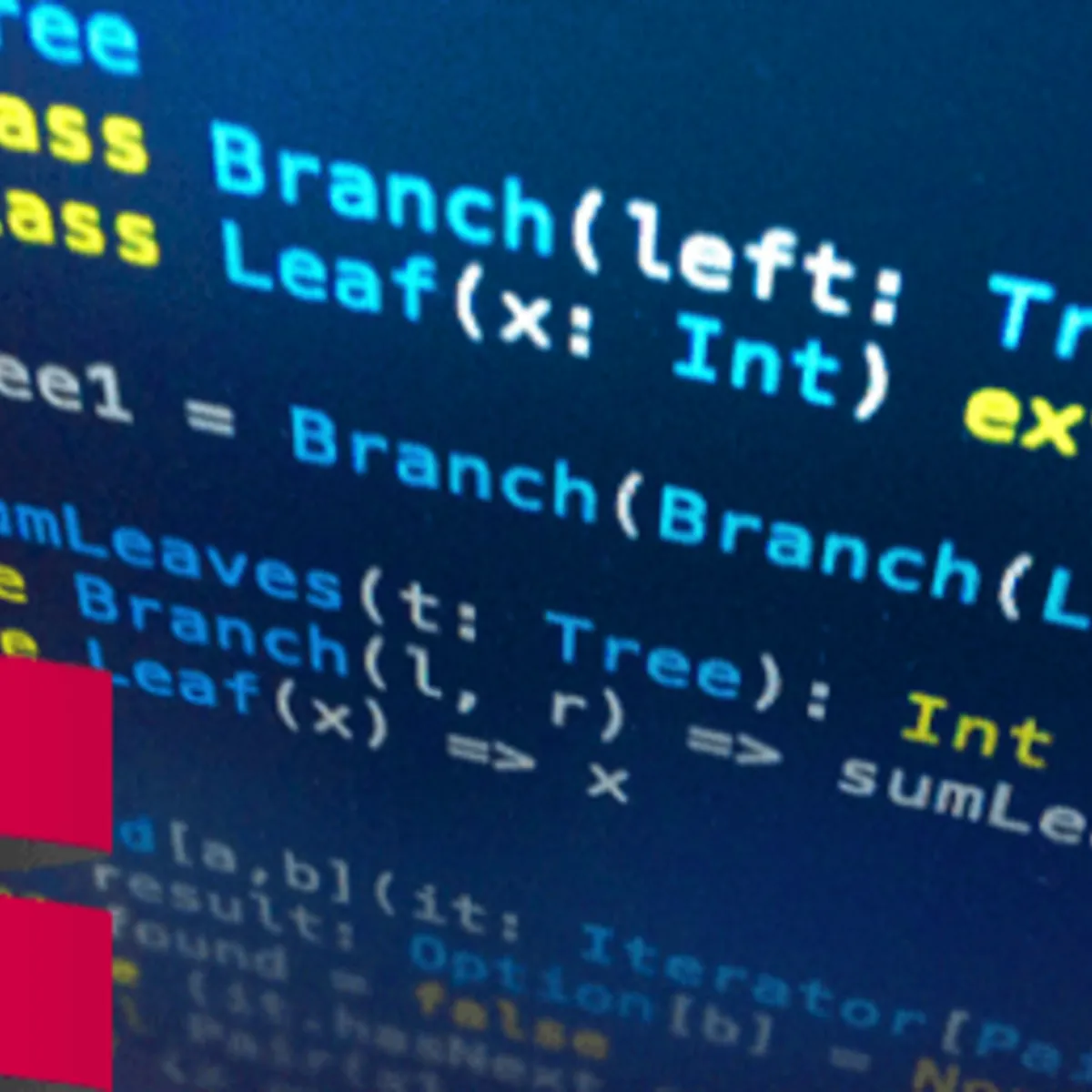
Bayesian Data Analysis in Python 
Learn how to use Bayesian data analysis in Python! This course introduces the fundamental concepts of probability and statistical distributions, as well as the famous Bayes' Theorem. You'll create your first Bayesian model to draw conclusions from randomised coin tosses. You'll also learn how to use Bayes' Theorem to estimate the parameters of probability distributions using the grid approximation technique, and how to update these estimates as new data becomes available. Finally, you'll practise the important skill of reporting results to a non-technical audience, and learn how to incorporate prior knowledge into the model. ▼
ADVERTISEMENT
Course Feature
![]() Cost:
Cost:
Free Trial
![]() Provider:
Provider:
Datacamp
![]() Certificate:
Certificate:
No Information
![]() Language:
Language:
English
Course Overview
❗The content presented here is sourced directly from Datacamp platform. For comprehensive course details, including enrollment information, simply click on the 'Go to class' link on our website.
Updated in [June 30th, 2023]
This course, Bayesian Data Analysis in Python, introduces students to the fundamental concepts of probability and statistical distributions, as well as the famous Bayes' Theorem, which serves as the foundation of Bayesian methods. Through hands-on activities, students will learn how to use Bayes' Theorem to estimate the parameters of probability distributions using the grid approximation technique, and how to update these estimates as new data becomes available. Additionally, students will gain the important skill of reporting results to a non-technical audience, and learn how to incorporate prior knowledge into the model. By the end of the course, students will be able to draw conclusions from randomised coin tosses and create their first Bayesian model.
[Applications]
The application of this course can be seen in many areas, such as medical research, finance, and marketing. It can be used to make predictions and decisions based on data, as well as to update existing models with new data. Additionally, it can be used to communicate results to a non-technical audience. With the knowledge gained from this course, students will be able to apply Bayesian data analysis to their own projects and research.
[Career Paths]
One career path that this course could lead to is a Bayesian Data Analyst. A Bayesian Data Analyst is responsible for using Bayesian methods to analyze data and draw conclusions from it. They must be able to use Bayes' Theorem to estimate the parameters of probability distributions, and update these estimates as new data becomes available. They must also be able to incorporate prior knowledge into the model and report results to a non-technical audience.
The development trend for Bayesian Data Analysts is increasing. As more and more organizations are recognizing the value of data-driven decision making, the demand for Bayesian Data Analysts is growing. Companies are looking for professionals who can use Bayesian methods to analyze data and draw meaningful conclusions from it. As the demand for data-driven decision making increases, the demand for Bayesian Data Analysts will continue to grow.
[Education Paths]
The recommended educational path for learners of Bayesian Data Analysis in Python is a Bachelor's degree in Statistics or Data Science. This degree will provide learners with a comprehensive understanding of the fundamentals of probability and statistical distributions, as well as the Bayes' Theorem. Learners will also gain experience in creating Bayesian models, using the grid approximation technique to estimate parameters of probability distributions, and incorporating prior knowledge into the model. Additionally, learners will develop the important skill of reporting results to a non-technical audience.
The development trend of this degree is to focus on the application of Bayesian methods to real-world problems. This includes the use of Bayesian methods to analyze data from various sources, such as surveys, experiments, and simulations. Additionally, learners will gain experience in using Bayesian methods to make predictions and draw conclusions from data. Finally, learners will learn how to use Bayesian methods to develop and evaluate machine learning models.
Course Syllabus
The Bayesian way
Bayesian estimation
Bayesian inference
Bayesian linear regression with pyMC3
Course Provider

Provider Datacamp's Stats at AZClass
Discussion and Reviews
0.0 (Based on 0 reviews)
Explore Similar Online Courses

Body Image and Mental Health in Young People

Building Recommender Systems with Machine Learning and AI

RDBMS PostgreSQL

Intro To PostgreSQL Databases With PgAdmin For Beginners

PostgreSQL: Client Applications

Mastering SQL using Postgresql

Database Design and Basic SQL in PostgreSQL

PostgreSQL: Advanced Queries

Spatial SQL with Postgres : A language for geographers

Learn SQL Using PostgreSQL: From Zero to Hero

PostgreSQL Essential Training


Start your review of Bayesian Data Analysis in Python